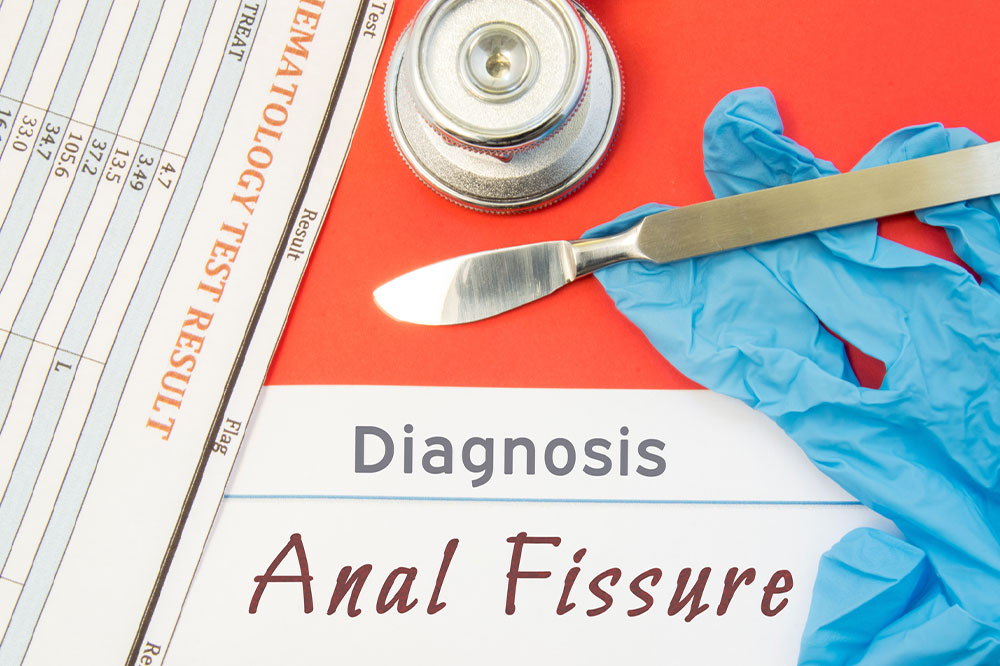Comprehensive Guide to Recognizing and Managing Dry Eye Symptoms
Learn to identify dry eye symptoms early and explore effective management strategies. Recognizing signs like redness, burning, and blurred vision can help prevent complications. Expert advice emphasizes lifestyle changes, proper hydration, and medical treatments to ensure eye comfort and health. Addressing dry eyes promptly can improve quality of life and maintain healthy vision. This guide covers causes, symptoms, and solutions for dry eyes, highlighting the importance of early intervention and professional consultation for sustained eye wellness.

Recognizing and Treating Dry Eyes Effectively
Dry eye condition should not be overlooked, as it can lead to more severe eye issues if untreated. Being aware of the typical signs and symptoms is crucial for early intervention. Common indicators include itching, burning, increased light sensitivity, redness, difficulty with contact lenses, nighttime driving challenges, stringy mucus, tearing, eye fatigue, and blurred vision. Persistent symptoms warrant a consultation with an eye specialist who will perform necessary exams to determine underlying causes. Remember, dry eyes are common and manageable with proper treatment and lifestyle modifications.
Dry eyes result from insufficient lubrication, often due to reduced tear production or increased tear evaporation. Tears consist of mucus, water, and oils, which protect and maintain eye health. Causes include aging, certain medical conditions like diabetes and arthritis, vitamin A deficiency, and medication side effects. Environmental factors such as smoke, wind, and dry air also contribute. To minimize symptoms, consider lifestyle changes, eye drops, and medical treatment. Addressing dry eyes early can prevent complications like infections or vision impairment, ensuring comfortable and healthy eyes.
Understanding Dry Eye Causes
Symptoms and Signs
Treatment Options
It’s essential to recognize that dry eyes occur due to insufficient tear production or increased tear evaporation. Factors like advancing age, hormonal changes, environmental conditions, and specific health issues can influence tear production and quality. Women, especially post-menopause, are more prone to dry eyes due to hormonal fluctuations. Maintaining adequate vitamin A intake through foods like carrots and broccoli supports eye health. Early management through lifestyle adjustments, hydration, and medical therapies can significantly improve comfort and prevent complications. Don’t ignore persistent dry eye symptoms; early intervention is key.
Disclaimer:
This blog provides informational content for general understanding and awareness. While based on credible research, it should not replace professional medical advice. Always seek personalized guidance from an eye care specialist for diagnosis and treatment. The site is not responsible for inaccuracies or specific medical outcomes. Readers are encouraged to consult healthcare providers for any health concerns or treatment plans.










